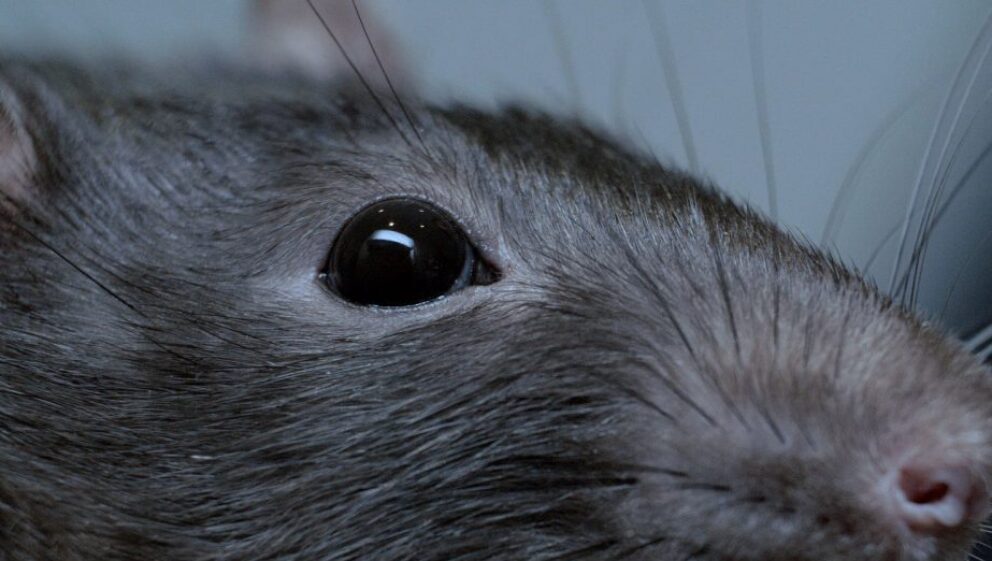Ban on the use of lead shot – finally!
Posted 10 Jul 2025

Posted on the 3rd March 2020
Animal Aid today reveals more grotesque warfare experiments on living animals.

These experiments, described as ‘Rat Blunt Ocular Injury Model’, and conducted at the University of Birmingham, were found in a paper published in 2019. (1)
The experiments involved:
Nec-1s is known to affect the death of cells, so this why it was injected into the animals’ eyes.
The barbarity of these experiments is obvious. Animal Aid’s concerns are further increased because:
The data gathered from animal experiments cannot be reliably translated to humans. One reason for this is the multitude of differences between humans and animals, these include:
The researchers’ explanation for these experiments is that this type of injury ‘can cause visual loss in military and civilian populations’ (1). However, it is known that ‘All soldiers are issued with polycarbonate spectacles and goggles for eye protection…but a low proportion were documented as wearing it at the time of injury’ (6)
‘It is shocking to think that researchers, partly funded by the MoD, are conducting such barbaric research. To shoot an animal in both eyes, and then to kill them, is totally horrifying.
‘When you consider the huge differences between humans’ eyes and those of rats, and even between different strains of rats, the futility of these experiments is overwhelming.
‘I would urge everyone who is concerned about these experiments, to contact their MP. Please urge them to contact the Minister with responsibility for this issue, calling for a ban on warfare experiments on animals’
Posted 10 Jul 2025

Temperatures are rising and it’s time to get outdoors, enjoy the weather and tuck into some delicious vegan food! Thanks to an abundance of plant-based options now available, there’s an alfresco option for every tastebud...
Posted 09 Jul 2025
